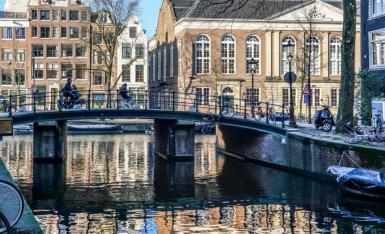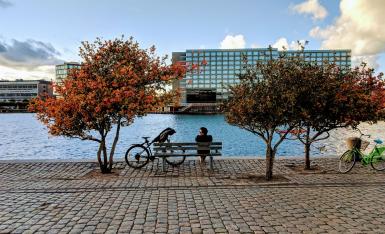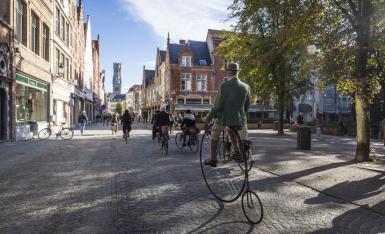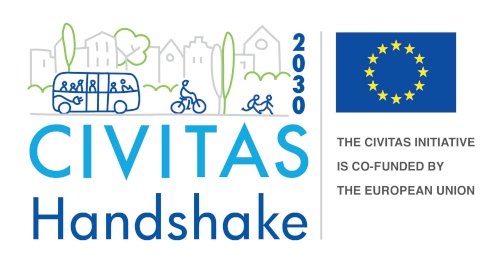Infrastructure and Services
Bridging Gaps
Even leading cycling cities have difficult routes and missing or indirect parts of their network which are expensive to fix, often being caused by rivers, railways and roads. One-off and costly infrastructure is particularly important to get right, and this can be optimised by using data and modelling which includes consideration of cycling flows and desire lines.
Getting over obstacles in cycling cities
Our partners will take lessons the behind successfully managing and implementing projects to address different types of cycling gap and impediment, learning from our leading cities of Amsterdam and Copenhagen.
Cities using this solution

Leader: Amsterdam
Amsterdam plans for new cycling infrastructure to facilitate increasing demand. The city is continuously trying to update and improve planning practices. It needs information about how to improve cycling modelling, cycling data collection (to fit the model) and update cost benefit assessment methods. Within Handshake, Amsterdam wants to test new methods available in other cities and apply these to a practical case study: the new North/South cycling bridge or tunnel.

Leader: Copenhagen
Within the last 5 years over 10 bicycle bridges connecting the city across the harbor has been built. At the same time the development of a regional bicycle infrastructure - Cycle Superhighways - is making commuting by bike over longer distances an attractive alternative to the car.

Follower: Bordeaux
The city identified the missing links in the cycling network. Bordeaux will liaise to learn from the results and tools developed in Handshake.

Follower: Bruges
A pivotal point in the (cycling) infrastructure network is at the train station where the highest numbers of cyclists are recorded. On the side for the suburb of Sint-Michiels, a new cycling connection was successfully implemented, but on the side for the city centre, a safe cycling connection is lacking. The new cycling connection at Sint-Michiels will be studied socio-economically, setting the standard for other bridges as cycling connections.
In the forthcoming years, the transformation of the surroundings of the train station (city centre side) will be set in motion by private and public partners. The city of Bruges wants to use this window of opportunity to strengthen this crucial link in the cycling network. A crucial, but unsafe link since the ring road and its bicycle crossings are ranked amongst the city's "black spots”.
The city of Bruges wishes to lobby for a new cycling bridge so motorized and cycling traffic don’t need to cross physically (at grade). The city wants to support the Flemish government by using the expertise of Handshake partners on, for example, how to connect such infrastructure to the cycling network and how to negotiate with UNESCO in the development of the bridge (which would be situated in a “buffer” area).

Follower: Helsinki
Helsinki has a bicycle network plan covering the entire city including cycle highways, which they are building piece by piece. They need guidance and advice on systematically achieving high standards and quality in infrastructure design and implementation. They have their eyes set on Copenhagen - how they managed to build their network and what they are doing now.
